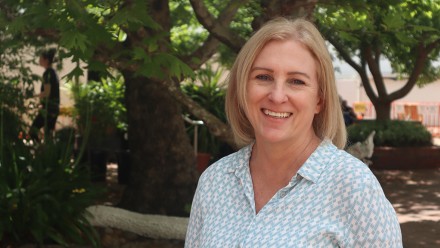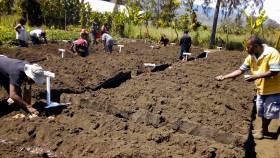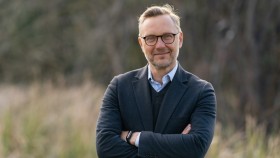Designing Community Resilience - ICEDS Member Profile, Dr Naomi Hay
When the 2022 floods hit Naomi’s home community in the Northern Rivers, she was unable to contact her parents, who are in their 80s. The phones, internet and roads were all cut off and the police and state emergency services were overwhelmed.
Eventually it was a community Facebook page that allowed Naomi and her sisters to find someone in the area who happened to have internet and a boat and could go and check on their parents’ welfare. Naomi notes that “this experience was really telling of the strength of community connections and links, rather than relying only on governments and institutions that are often overwhelmed in times of crisis.”
Coming from such a flood-prone region, disasters have long been of interest to Dr Naomi Hay, who is now a lecturer and convenor of the Design Honours program with the ANU School of Art and Design. She initially studied the built environment, and worked as an interior designer however, after many years in this field, she “realised everything that was wrong with the building industry,” prompting a complete change of direction in her research.
Naomi went on to do a PhD on the role of design in strengthening communities of resilience for sustainable futures, contrasting the experience of diverse regional communities in Queensland. She found that community connectedness, where community members, local government, and institutions regularly spoke to and worked with each other, was the most significant predictor of community resilience.
Naomi thinks that the art and design space has some unique talents to bring to interdisciplinary research on disasters. “One thing that is important is the ability to communicate with people, and artists and designers are good at doing this in a way that is more accessible to a broader audience. Design researchers are generally practised in systems thinking, where we need to understand relationality within and between systems to address complex, ‘wicked’ problems like disasters.”











